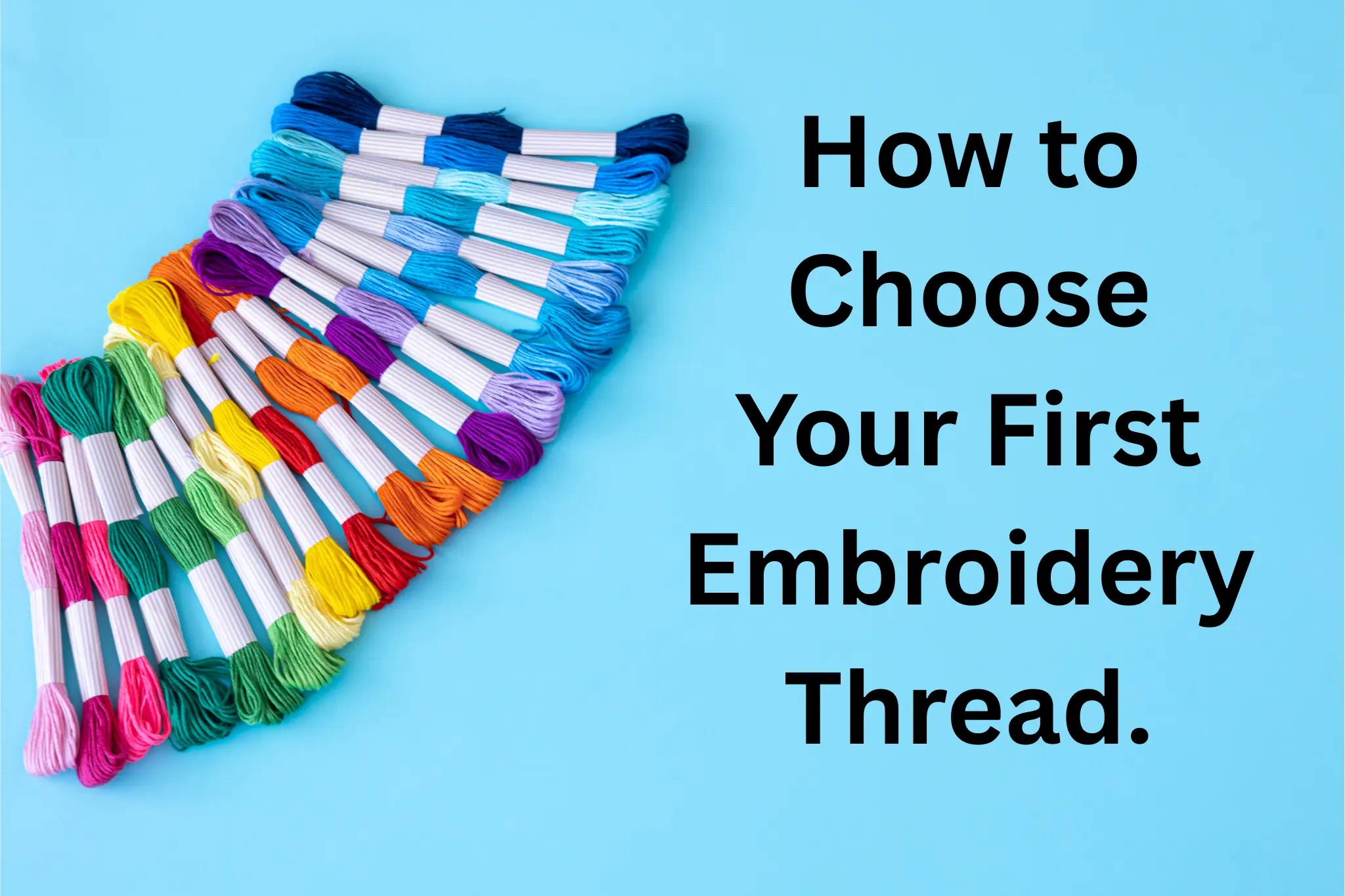Beginner's Guide to Choosing the Right Embroidery Thread

Beginner's Guide to Choosing the Right Embroidery Thread
When you're just getting started with embroidery, one of the most overlooked—yet crucial—decisions is choosing your thread. It might seem like a small detail, but the type of thread you use can completely shape your experience: how enjoyable your first project feels, how your stitches look, and even whether you stick with the craft or walk away frustrated.
A thread that glides through fabric without knotting, holds its color, and feels good in your hands makes the difference between struggling through a pattern and actually enjoying the process. That's why, before diving into designs or stitch techniques, it's worth taking a moment to understand your materials—starting with the thread.
What Makes a Good Embroidery Thread for Beginners?
There's a reason seasoned artists often recommend starting with cotton. It's soft, easy to manage, and doesn't slide around too much. Avenfair's 100% cotton floss, for example, is ideal for beginners—it's smooth, colorfast, and simple to work with whether you're outlining or filling in a design.
Silk threads, while gorgeous and luxurious, tend to be slippery and are better suited for advanced stitchers. Polyester and rayon offer brilliant colors and shine, but they're often harder to handle and more prone to tangling—something beginners don't need to wrestle with right away.
Beyond the material, thread thickness also matters. Most embroidery floss comes in six strands, which you can separate depending on how bold or fine you want your stitches to be. Using fewer strands creates a delicate look—great for details—while all six give you more texture and fill. It's all about control, and cotton floss gives you that flexibility.
Choosing Colors That Work
Embroidery threads come in hundreds of shades, which can feel overwhelming at first. The best approach is to start with a simple color palette. Avenfair offers beginner-friendly bundles that include classic go-to shades like bright red, leaf green, sky blue, sunny yellow, pure white, and black.
These colors cover most beginner patterns, whether you're stitching florals, animals, or simple monograms. Starting with a thoughtfully curated palette not only saves money but also makes color decisions easier—something that matters when you're just trying to enjoy the craft.
The Tools You'll Pair With Thread
A good thread won't get you far if the rest of your kit isn't working with you. Your needle size should match your thread thickness. For most 6-strand cotton floss, embroidery needle sizes 5 to 7 are perfect. They're not too fine, so the thread passes through without fraying, and not too thick to damage delicate fabric.
Hoops matter, too. A wooden hoop around 6 inches is the sweet spot—it gives you enough space to work without stretching your hand, and it keeps the fabric taut, which makes your stitches more consistent.
Learning the Stitches (Without the Stress)
As you begin, stick to a few foundational stitches. Cross-stitch is great for patterns with clean outlines and grids. Backstitch helps with writing or outlining shapes, and satin stitch is your go-to for filling areas with solid color. Mastering these three gives you a strong foundation to build on, without overwhelming you with dozens of options right away.
Common Beginner Mistakes (And How to Avoid Them)
Every beginner makes a few wrong turns, but the most common issues are easy to fix. Pulling your thread too tight can cause your fabric to pucker. Try keeping your tension relaxed and your hoop gently snug.
Many also struggle with knots and tangles. This usually comes from using thread that's too long. Stick to about 18-20 inches at a time, and always run your fingers through the thread after separating strands—it smooths out any twists and keeps stitching easy.
Picking Your Threads with Confidence
Once you know what to look for, shopping for threads gets easier. Always check the label: color code, dye lot (if relevant), and fiber type should be clear. Avenfair labels are designed to be beginner-friendly, so you can focus more on the stitching and less on the confusion.
If you're just starting out, multipacks offer great value and color variety. As you grow in confidence, adding individual shades to your collection gives you creative freedom to tackle more detailed designs.
Final Thoughts
Embroidery should feel calm, not complicated. Starting with the right thread takes a huge weight off your shoulders. It means fewer knots, better color, and more time enjoying the meditative rhythm of stitching.
Whether you're planning to frame your first design, gift it to someone, or just make something for yourself, choose threads that support your creativity instead of holding you back.
Avenfair's beginner kits and cotton floss bundles are built to make embroidery feel welcoming and joyful—right from the first stitch.
🧵 Ready to start? Shop now on Amazon
📸 Share your progress with us @avenfair on Instagram